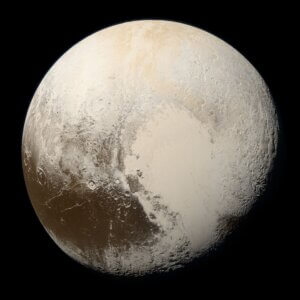Our solar system has 8 planets (9 if you include the dwarf planet Pluto.) All the planets in our solar system rotate around the sun. How long that takes depends on how close the planet is.
A solar system is a group of planets that rotate around a large star. In our solar system, that star is the sun.
Planets
The Solar System that we are in has 8 planets: Mercury, Venus, Earth, Mars, Jupiter, Saturn, Uranus and Neptune. There is also a 9th planet, Pluto, but it is so small that it is considered as a dwarf planet.
Mercury
Mercury is the closest planet to the sun. It is the hottest planet in our Solar System, with an average temperature of 167°C (332°F). Mercury does not have any moons.
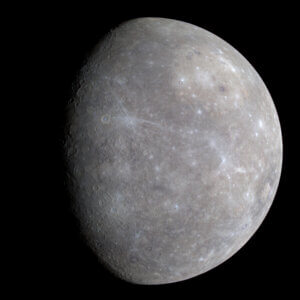
Venus
Venus is the second closest planet to the sun. It has an average temperature of 462°C (864°F). Like Mercury, Venus does not have any moons.
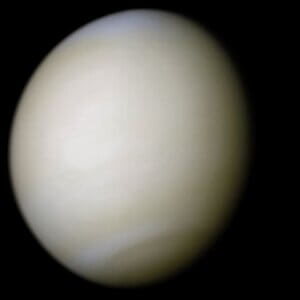
Earth
Earth is the only planet in our solar system that we know contains life. It has the ideal conditions for life because the average temperature is 16°C (61°F) meaning there is liquid water, essential for life to thrive. Earth has one moon.
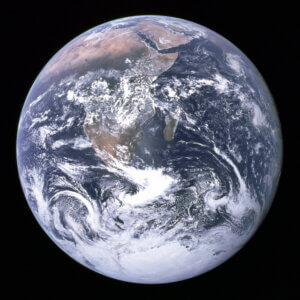
Mars
Mars is very dry and barren. The surface of Mars is covered with fine red sand. The average temperature is -60°C (-80°F). Mars has two moons, both of which are smaller than Earth’s.
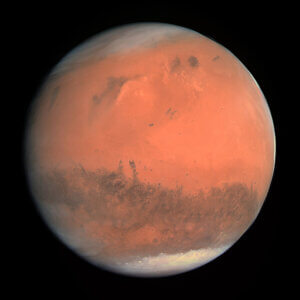
Jupiter
Jupiter is the biggest planet in our solar system. The average temperature is -145°C (-234°F). Gravity is so strong on Jupiter that it would be impossible for anyone to stand up on. Jupiter has 79 moons that we know of.
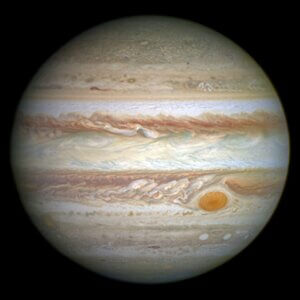
Saturn
The yellow colour of Saturn is because of ammonia crystals in the upper atmosphere. The average temperature is -178°C (-288°F). Saturn has at least 82 moons, not counting the hundreds of “moonlets” that orbit it’s outer ring.
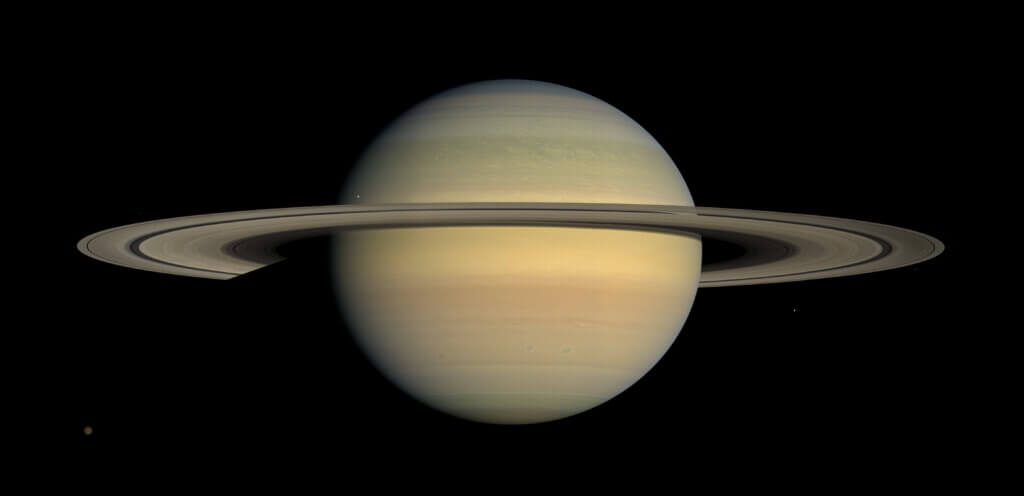
Uranus
Uranus is mainly made up of ice and rock. You can see from Earth seasonal change on Uranus. The average temperature is -223°C (-371°F). We don’t actually know how many moons Uranus has.
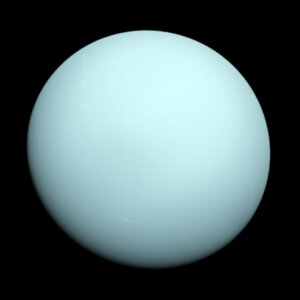
Neptune
Neptune is mainly made up of ice and rock. Unlike Uranus, which is also made up of ice and rock, Neptune has visible weather patterns. The planet have the strongest winds in the solar system, sometimes reaching speeds of 1,300mph (2,100 km/h). The average temperature is -214°C (-353°F). Neptune has 13 moons.
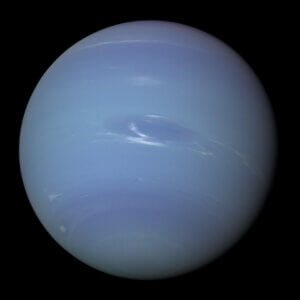
Pluto
Pluto isn’t technically a planet – it was called a “dwarf planet” in 2006 because of how small it is compared to other planets. The average temperature is -233°C (-387°F). Pluto has at least 5 moons.
